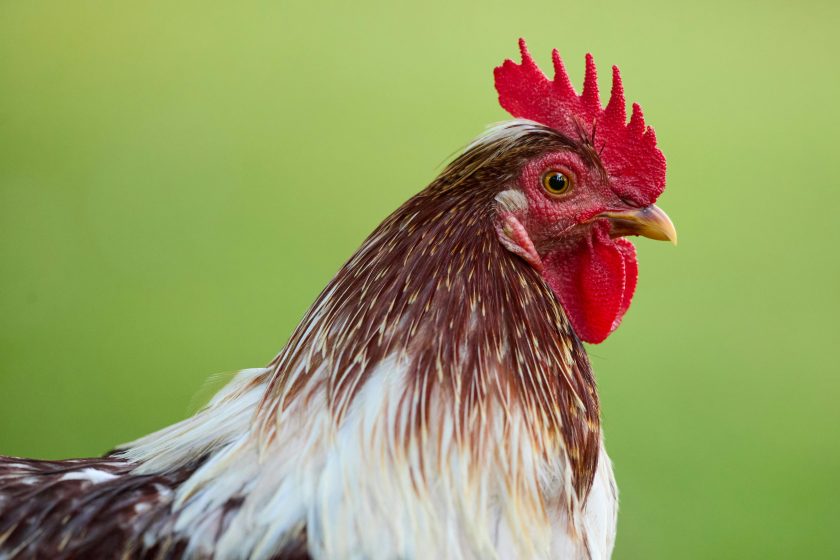Content available at: Tiếng Việt (Vietnamese)
Vietnam’s poultry sector is grappling with mounting challenges driven by intense competition and rising import volumes.
Amid this pressure, a shift from quantity-driven growth to a focus on quality and added value has become increasingly urgent.
Quality over quantity
At the recent conference on ‘Sustainable Poultry Development through Value Chain Integration in Vietnam’, Nguyễn Thanh Sơn, Chairman of the Vietnam Poultry Association, stressed the need for a new development mindset.
Rather than merely increasing herd size, the sector must prioritize improving quality, efficiency, and value at every stage of production.
According to Mr Sơn, pursuing volume growth is no longer viable in a saturated market where price volatility, disease outbreaks, and climate change exert growing pressure.
Land for farming is shrinking, support policies remain under-resourced, and there is a lack of robust oversight mechanisms.
These limitations make it difficult for many farmers and businesses to scale up operations.
Poultry meat production in Vietnam reached 2.4 million tons and over 20 billion eggs in 2024. Photo credit: Nha Chan nuoi.
In 2024, Vietnam is expected to produce 2.4 million tons of poultry meat and more than 20 billion eggs.
However, the country still imports around 270,000-300,000 tons of frozen chicken annually, in addition to tens of millions of breeding chicks and hundreds of tons of culled laying hens through unofficial channels.
The industry is also heavily reliant on imports for key inputs: 80-90% of animal feed ingredients, 100% of white-feathered chicken breeds, the majority of vaccines, veterinary medicines, and modern farming equipment are sourced from abroad.
Consequently, any disruption to global supply chains has a significant impact on domestic production.
Value chain linkage is development key
Faced with an increasingly complex market landscape, Vietnam’s poultry industry requires a strategic, long-term vision focused on sustainable growth and enhanced competitiveness, both domestically and internationally.
“Production value and added value must become the core metrics for measuring the sustainable development of Vietnam’s poultry sector,” Mr Sơn emphasized.
This means a comprehensive restructuring of the industry, anchored in strong value chain linkages.
Large enterprises must take the lead, supporting smaller stakeholders—such as smallholder farms and cooperatives—through technology transfer, market access, and equitable profit-sharing mechanisms.
Simultaneously, reorganizing the distribution network, adopting advanced technologies, and strengthening communications—especially around the health and nutritional benefits of clean poultry products—will help shift consumer behavior.
This is particularly critical as public awareness of food quality and origin continues to rise.
Lastly, developing concentrated farming zones with strict disease control, adherence to biosecurity standards, and export-compliant certification is a necessary step for Vietnam’s poultry industry to compete on the global stage.

